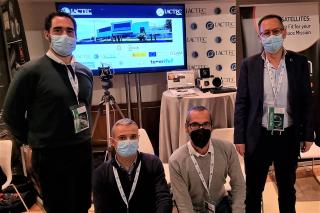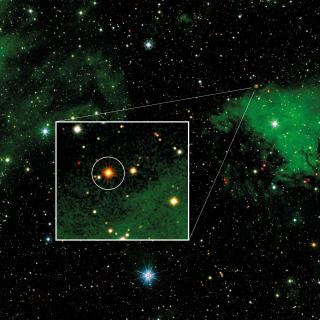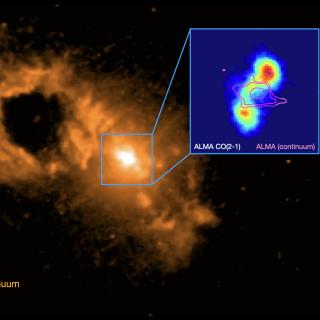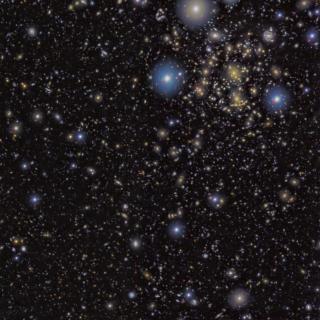
After the excellent results from its predecesor, DRAGO (Demonstrator for Remote Analysis of Ground Observations) the updated version of this instrument, designed to observe the Earth from space in now ready. DRAGO-2 has optics with higher resolution, and fills the need for images in the short wavelength range of the Canaries and of other parts of the world. This marks the start of the stage of design and manufacture of the satellite in which it will be launched. This satellite has been named ALISIO-1 (Advanced Land-Imaging Satellite for Infrared Observations) and will be developed in
Advertised on




